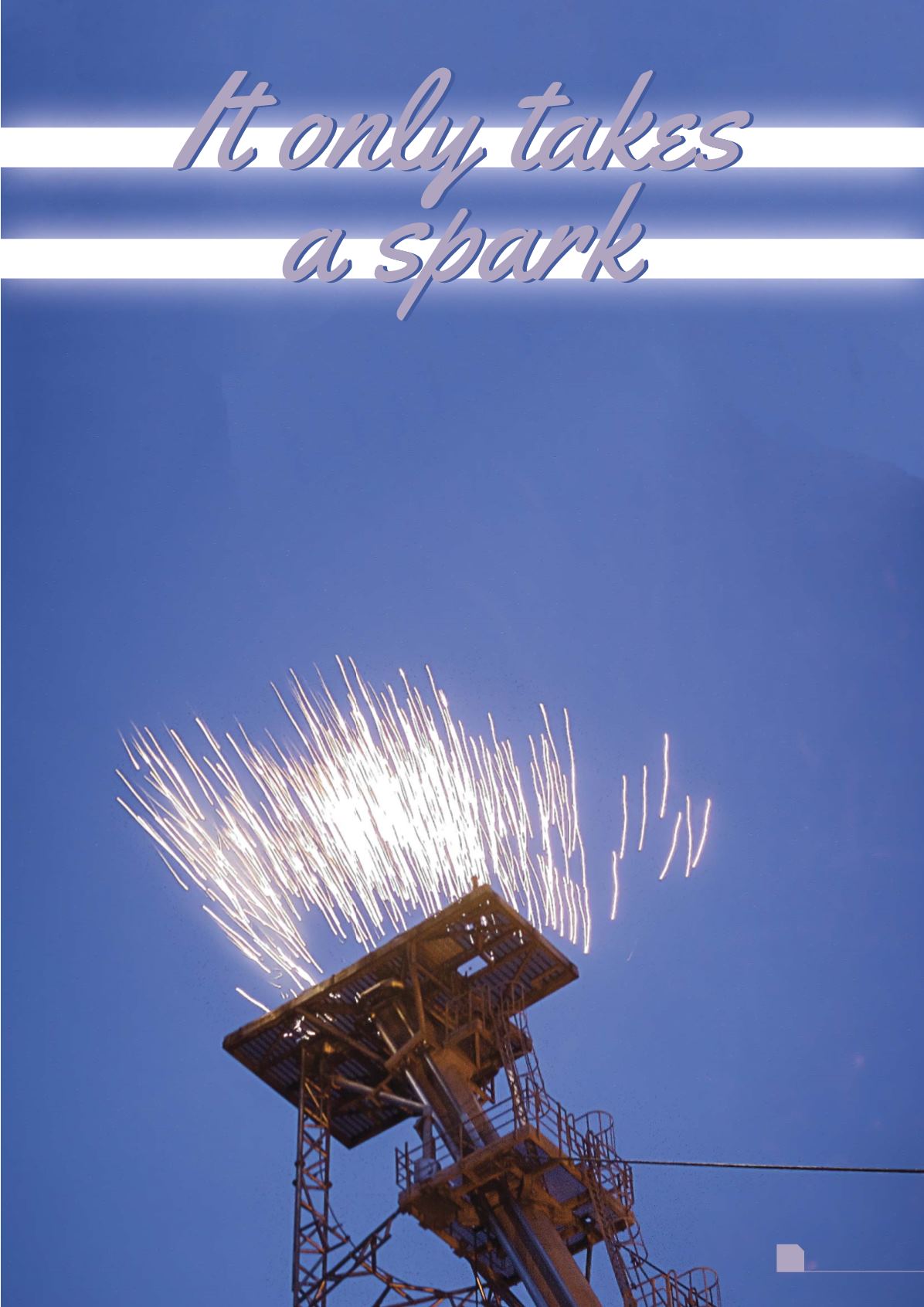
July
2020
31
HYDROCARBON
ENGINEERING
F
lares are a necessary safety system in processing
facilities across many industries. As the World Bank
‘Zero Routine Flaring by 2030’ initiative to promote
sustainable and environmentally-responsible
production processes gathers momentum, many facilities
worldwide are embracing zero-flaring applications to
reduce overall emissions without sacrificing safe
operations. The term routine flaring means non-safety
related flaring of associated gases during normal
production operations, and it can occur when a facility
lacks the resources or infrastructure to recover or
otherwise use the waste gas.
Reducing hydrocarbon (HC) and CO
2
emissions – even
under routine or ‘purge’ conditions – can also reduce
operational costs in many cases. For instance, the traditional
method of igniting a flare tip uses continuously burning pilots
so that, in the event of a flaring incident, the pilots will be
guaranteed to ignite the flare gas. In a normal operating
scenario, zero-flaring requires no continuous flaring and no
continuous pilots in operation. The flare is only operational in
upset or emergency conditions. To implement an operating
scenario that includes no continuous pilots, it is important to
ensure that the flare has a robust and reliable ‘on-demand’
ignition system instead.
Nigel Philpott, Zeeco, Europe,
presents an ignition system that can be used in process
facilities where instantaneous, safe, and reliable ignition of flare gas is required.








